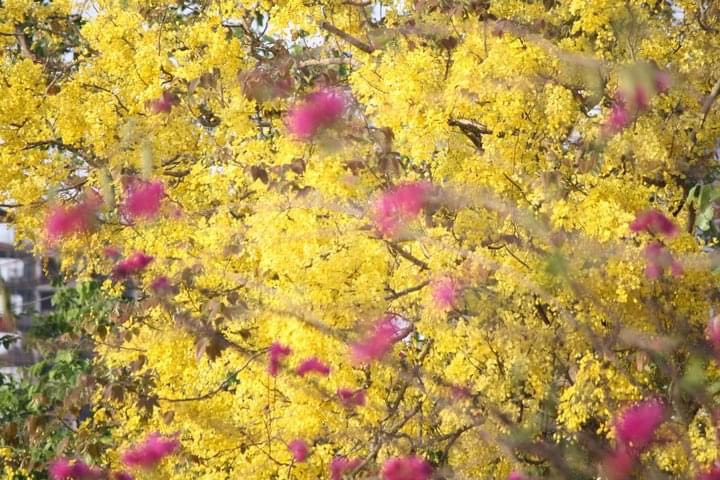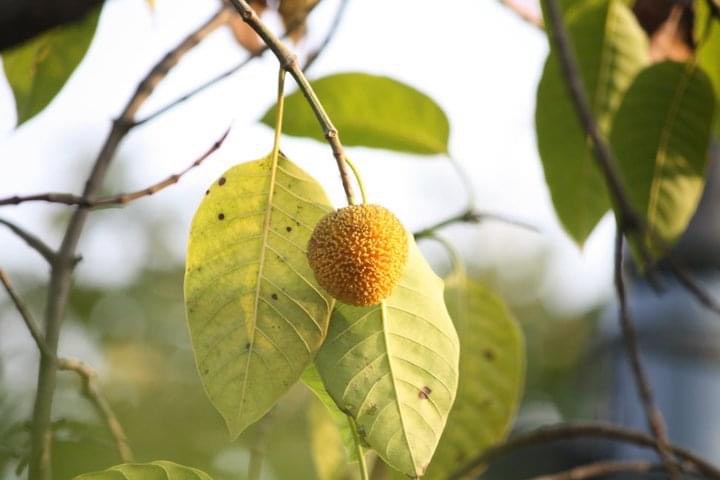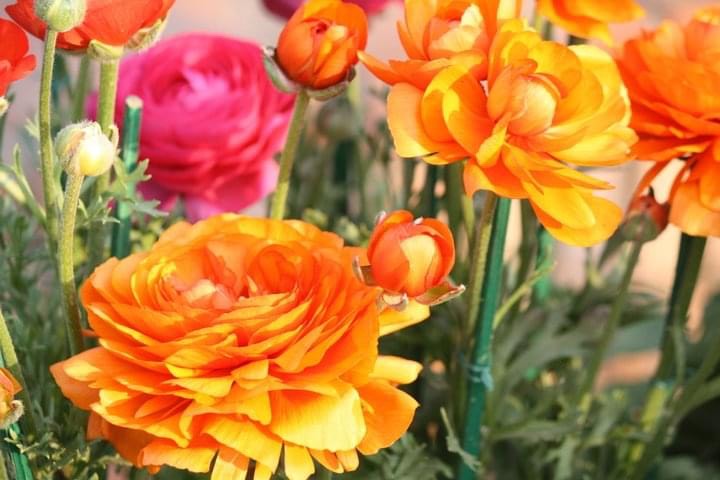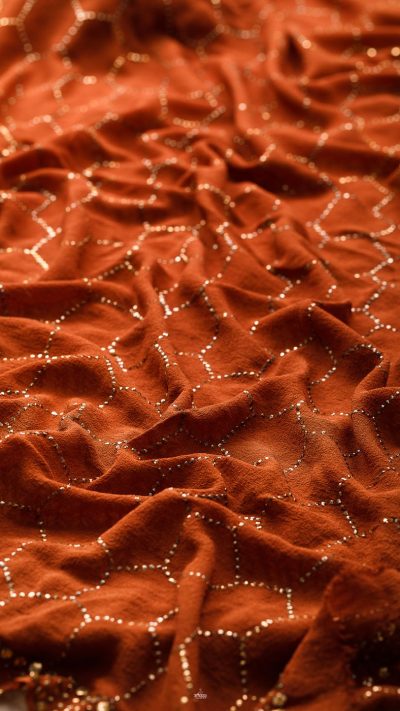Basant : The cultural impact of the Colour Yellow on Indian Ethos
In our Jamubdwipa land mass, the seasons are divided into six types, instead of the globally recognized, four.
The Six Seasons or Rtu are – Basant (shedding of old leaves and a gradual burst of flowers), Grishma (onset of harsh summers), Varsha (monsoons), Sharad (post monsoon period of flowering and festivals), Hemant (pre-winters or pink winters), Shishir (harsh winters).
All six seasons have their own significance for this land mass, but amongst these, Basant is called RituRaaj or the King of the Seasons, and Varsha is called RituRani or the Queen of the Seasons.



In Hinduism, the period of ‘change’ is especially revered. Both Basant and Varsha are THE bridge towards bigger changes in the yearly seasonal cycle. One heralds the start of summers, while the other nurtures the parched Earth with Monsoon, and declares the onset of auspicious festive season, on her way out.
Just like Green as a colour is associated with Varsha Rtu (the basis of Teej festival), Yellow is associated with Basant Rtu.
But why is there a significance of Yellow in this season? Why not any other colour? What has been the cultural impact of this shade over many years of Indian history?



Let us break this further, and understand!
Basant Rtu is essentially divided into two months – Phalgun (the month of Holi), and Chaitra (the month of Ramanavami). The very mention of these two months fills every heart with unbridled joy.
The colour Yellow (Peetambari), is the auspicious colour of the two deities – Sri Krishna and Sri Rama. It is possible, that the hue of Yellow is associated with Basant for this reason.



Basant Rtu also brings with it open clear sunshine, after months of dull and dreary cold days, along with a bright blue sky (incidentally, blue skin and yellow clothes are again associated with both avatars of Maha Vishnu).
The very sight of Blue Sky and bright Yellow sunshine, fills the heart with positive energy.
It surges the Earth with positive energy too.



On one hand, certain areas in Bharat experience Autumn like situation, where yellowed leaves start shedding with the gentle Phalgun breeze. Everywhere you venture, you will see a carpet of Yellow leaves lining the streets, neatly swept away consistently by sweepers.
While some areas experience a burst of flowers like yellow daisies, violet honeysuckles, yellow bell flowers, vibrant yellow and orange calendula as well as marigolds, amongst many other indigenous flora, which in turn attracts indigenous and migratory fauna to chirp all day long. This is why, this season is also referred to as the Birding season in many areas of Bharat.
It is possible, that Yellow is associated with this positive radiance that permeates through every pore of Mother Earth and its several beings, like us.



In terms of festivals around Basant, the earliest known ones were Vasantotsav that lasted 40 days. The 40 day Holi centered around Mathura and Vrindavan, could very well be this Vasanatotsav, and maybe back then, was celebrated all through Bharat.
While colonisation has significantly altered the Festival perception and celebratory patterns of many cities and towns, the Temples all through Bharat, still celebrate Vasantotsav or Phalgun in their own way, handed down as tradition over Yugas.
Kings in Ancient Bharat celebrated Vasantotsav by announcing various Fairs associated with this season. They were known as Basant Mela in some areas, and other names as per localised tradition, would also be kept.



Many of these Basant Fairs happened around a Sun Temple. Legends attest to devotees bathing in Surajkund (Sun Stepwell), and climbing up the stairs to pay respects to Sun God or Martanda Deva, after which they used to head to the Fair organized nearby, by the King or the Queen.
Isn’t this incredible, that a vestige of this, still remains in the form of International Surajkund Crafts Fair in Delhi NCR?! This area was built by the Tomar clan, and their records suggest organisation of a Basant Fair.
Many villages in India still have Basant Fairs and dressing in vibrant colours and visiting, has been a handed down culture.
Lucknow’s historian, Padamshree late Dr. Yogesh Praveen ji, talks about a fair called Basant Bahar, that was celebrated by the Nawab dynasty. He has detailed particularly the reign of Nawab Saadat Ali Khan (1798-1814) and Badhshah Naseer ud din Haidar (1827-1837), where Basant Bahar fair was a huge celebration alongside Gomti River banks.

A painting in Hussainabad Picture Gallery showcases this festival being celebrated in a multi story yacht, which would be for the nobility only, in which every one is dressed in yellow colours. The four yellows that were popularly worn were – Lemony , Sandali (of Sandalwood shade), Golden and Basanti (a brilliant yellow with hints of orange).
In the current memory of the author of this blogpost, Basant Panchami celebrations in Lucknow were reduced to at the very least in either wearing yellow or putting a small Chandan Tilak (Sandalwood Teeka), having Peeli Tehri (a rice dish) lunch, and paying respects to Maa Saraswati by offering her Yellow Marigolds on Saraswati Pujan day.



Saraswati Pujan on Basant Panchami is the sheer perfection of our culture!! As per Mahakavi Kalidasa ji’s epic poem, Kumaarsambhav, Basant is the best friend of Kamadeva or the God of Desires.
Come to think of it, so much of potent and radiant energy, that propels flowering of Earth, does invoke desires; but, who better to guide these desires and channelise this surge of Energy, for the wholesome development of all species, but the Goddess of Wisdom, i.e., Maa Saraswati.
Isn’t this profoundly beautiful?! If our festivals are celebrated, keeping these cultural traditions alive, we will be able to control consumerism (desires) with meaningful pursuits (wisdom). This is the only path to true Sustainability.

















Add comment
You must be logged in to post a comment.